From the sounds that encourage the growth of plants to the business giants that eliminate emissions, here is a small atlas of the future with the 50 most interesting technological trends of social impact.
The economic situation does not seem very good. Digital gender gap, income inequality, climate change. Even a global pandemic. We have many problems as a society. Never despair, though: there are organizations and institutions that use creative tools to make social impact innovations that address our biggest problems. Here are the current trends that aim to solve them, drawing a better future.
Equal paternity and maternity leave

The first of the innovations concerns the shape of our society. The pay gap between men and women is often attributed to work breaks women take to raise families. But increasing paid paternity leave could dramatically reduce it by allowing women to remain in the workforce while their partners care for their little ones. By law, men and women in Iceland and Finland enjoy equal family leave. And some organizations are starting to offer innovations in this regard with generous paid paternity leave, including Facebook, Netflix, Spotify and Etsy.
Minimum number of women on company boards

To encourage equal pay the state of California will require all listed companies to have a female representation (depending on the number of people) on its board of directors by 2023.
Online platforms to increase citizen participation and dialogue with representatives

How do local politicians interact with citizens? City councils often see the same few people present. Contacting citizens directly can be expensive and time consuming. Beyond the efforts of individual entities to stream the meetings, currently one of the most advanced experiments in Europe is the much reviled (not by me) Rousseau developed by the Five Star Movement. It is not an institutional tool (for this we await the work of the Minister of Innovation, who will bring the first results in the spring). But it offers citizens the possibility to introduce innovations, themes and initiatives, and include them in the decision-making process.
Micro insurance for people living in poverty

In some of the world's poorest nations, many cannot afford traditional insurance premiums. This leaves them without a safety net when, for example, they want to start a business. Among the financial innovations that may offer a solution is micro insurance: smaller premiums tailored to the needs of people living in poverty. In Rwanda, the main local insurance companies begin to offer their very first microinsurance products.
Investments in women in technology

Melinda Gates' Pivotal Ventures has invested $ 50 million in an initiative called GET, Gender Equality in Tech (GET) Cities, whose goal is to bring more women into technology. It does this by collaborating with organizations that encourage more computer science graduates and by making technology centers more suitable for women.
Investment strategies designed for women

Unlike men, women's salaries are often reinvested in the family rather than in the stock market. But this may mean that women are left in a worse financial position because the return from such investments does not come in the form of immediate cash. Additionally, 86% of investment advisors are men, making them less likely to understand the unique financial priorities of women. The digital investment platform Ellevest addresses this problem by offering innovations in financial strategies tailored to women's salaries and for a longer lifespan.
Artificial lighting to encourage food growth in extreme climates

The use of artificial light to encourage food growth is nothing new, but it is expanding rapidly. I even have it at home, for cherry tomatoes and basil. This technology (which uses light at certain wavelengths to help plants grow without the sun) could allow those in extreme climates to access fruits and vegetables. Agrivi is a farm monitoring platform that helps farmers use these techniques to track their activities.
Clothes that identify malnutrition

The bracelet paperweight it is a tool capable of identifying malnutrition in a non-invasive way. It will help health workers, caregivers, the elderly and people in developing countries.
Virtual reality for women's eyes

Virtual reality is oriented towards men. Because? Blame for nausea, which has an impact more on women than on men. Researchers aren't sure why, but one reason may be in the design of the devices themselves. VR headsets need to be adjusted to the distance between the pupils of the user's eyes, which is often shorter for women. The default setting of the earphones offered now is often greater than the interpupillary distance of a woman's eyes. Addressing this issue could encourage adoption among female user groups, allowing women to use innovations in this technology for gaming or education.
3D printed houses and neighborhoods
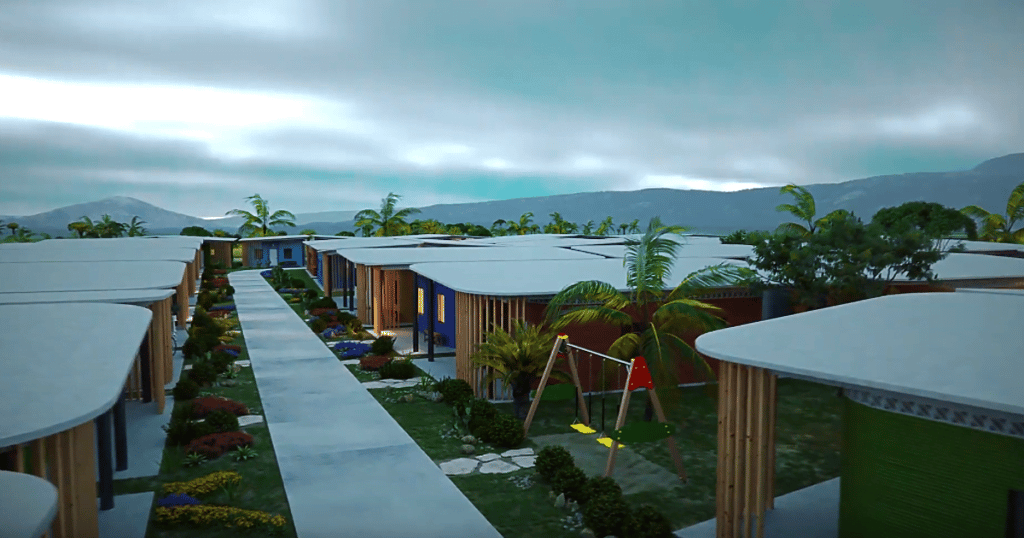
Last year, the world's first 3D printed neighborhood started popping up in Mexico. Built in the Tabasco region, the homes were designed to resist earthquakes and replace those that poorer residents had built themselves of metal, wood and whatever else.
Personalized teaching with AI

Squirrel AI Learning is an adaptive learning platform in China. The goal of the platform is to offer personalized AI teaching to high school students. The pricing structure is reasonable, allowing poorer students to access personalized support.
Knowledge sharing platform to improve teaching skills

The goal of the platform Teacherly is to help colleagues around the world improve their teaching skills and share innovations and knowledge. Facilitates the sharing of best practices, learning outcomes and professional development materials. It also allows them to plan lessons together and get support, feedback and advice.
State forests for food use

Last year the Atlanta City Council purchased the largest edible forest in the United States. 3 hectares with more than 100 fruit and nut trees for local residents to harvest their own food and grow their own with an array of planters. Initiatives like this can help provide affordable fruits and vegetables to people living below the poverty line. The city aims to ensure that 86% of its residents live within 20km of a source of fresh food by 2021.
Protein from algae to feed the poorest areas

Last year the vegetable seafood producer Sophie's Kitchen won The Liveability Challenge (a competition of ideas to improve people's lives in Southeast Asia) by developing a protein made from microalgae. Available for € 1,80 per kilo, it requires only 0,02 hectares of land for production and can be used to improve nutrition through supplements, cooking oil and more.
Liquid dwarf clay for desert cultivation

Norwegian society Desert Control has developed one of the best innovations. This is a mixture that can be sprayed on sand in deserts to allow it to retain water and grow crops. Simply spray a mixture of water and “liquid nano clay” just half a meter deep into the sand to achieve this result. This technology could facilitate food production in poorer climates and combat desertification.
Clean the water with the sun

An article published in the scientific journal Chem reveals that researchers have discovered a material that can quash disease-causing bacteria in water. Using sunlight and a photocatalyst, it works like a magnet to clean the water and ensure no harmful bacteria or pollutants remain.
Anonymous feedback platforms for corporate employees

Waggl is a feedback platform that allows managers, administrators and employees to share their feelings in real time. It involves people and encourages dialogue without awe on workplace issues.
Sharing knowledge at work

Human AI is a collaboration platform for teams: it collects company knowledge and helps colleagues proactively teach innovations related to new skills.
App to make the workforce feel involved and supported
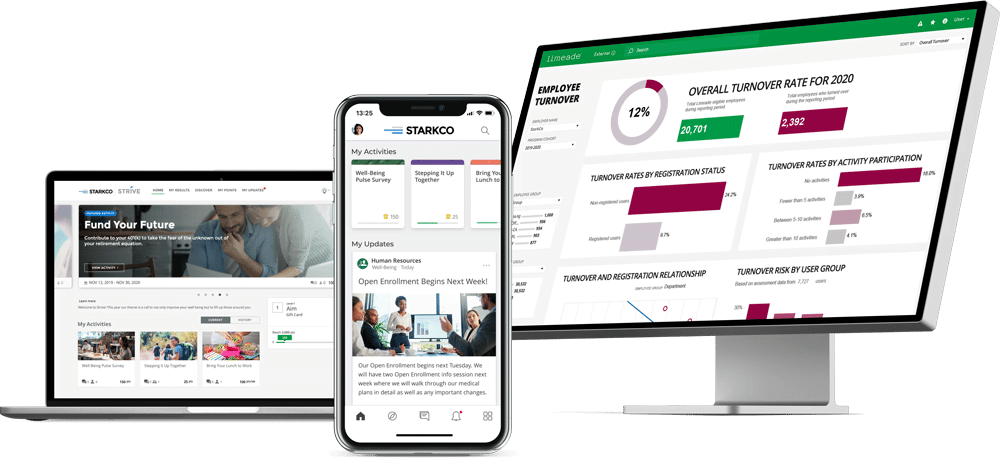
limeade is an interactive employee platform that aims to improve employee experience. To support them in their daily lives and increase their well-being, it offers training courses, engagement tools, communication solutions, access to mentorship and more to the employee's mobile phone. The platform can encourage open dialogue in large organizations.
4-day working week

Microsoft Japan made headlines when introduced a 4-day working week, and the move has also produced encouraging results. Productivity has increased by 40%.
Robot social responsibility consultant
Making socially responsible investments means avoiding companies that sell addictive or abusive substances (such as alcohol, tobacco, etc.) and those with a negative impact on society. Better to encourage companies that promote low carbon, clean technologies, gender diversity etc. Platforms like wealthsimple allow consumers to put their money into initiatives with a good social footprint.
Transparent banking and fair loans
Banca Etica it is an institution that lends money only to organizations that can demonstrate that they have a positive impact on society and the environment. It also aims to be more transparent and open about its activities to promote an ethical and honest way of banking.
Ecological concrete

A team at the University of Colorado has developed a “biological” concrete made of bacteria. The team compared the living material to cement and concrete. It is a mixture of gravel, sand and cement combined with water. It can replicate itself and multiply the number of bricks.
Use of solar energy in heavy industry

Heliogen is a solar energy company that uses AI to focus and capture more sunlight. This allows it to produce “carbon-free heat at ultra-high temperatures (up to 1500°C)” for use in heavy industry (construction and steel). A sector that produces over 20% of all global greenhouse gas emissions.
Solar panels that follow the sun

Researchers at the University of California they developed artificial sunflowers. Known as SUNbots, these fake sunflowers are less than 1 millimeter in diameter and are made from materials that react to heat to bend in sunlight and harvest more energy. This technology could make solar energy more efficient.
Showers that reduce water consumption by 98%
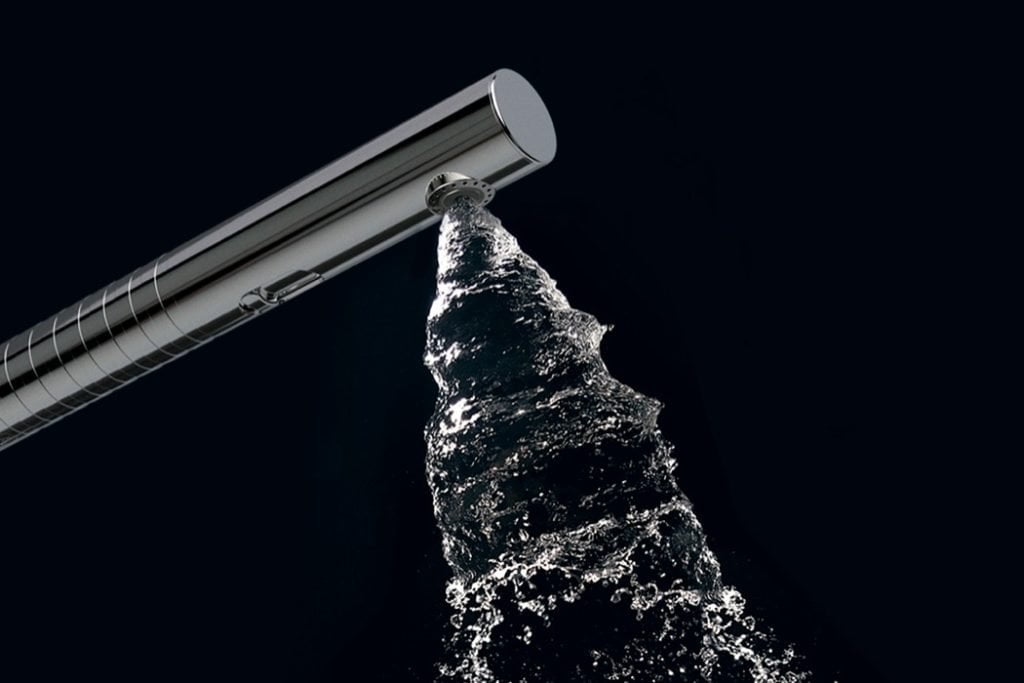
The Altered company has created a new type of shower that reduces water use by 75% up to 98%. Attach the hand shower (which rotates at high speed) to any tap, and it will transform the water produced into a “washing mist”.
A window on the environment

Like IKEA, Microsoft has committed to becoming a carbon-neutral organization. Within the 2030, the company founded by Bill Gates intends to offset all carbon emissions produced during its existence.
Urban agriculture

UK supermarket Marks & Spencer has partnered with vertical farming unit supplier Infarm to grow herbs in-store. Urban agriculture it opens up a series of possibilities for the environment, from reducing emissions to reducing transport from farms to cities, to eliminating CO2 from the air.
Regenerative agriculture

Organic and regenerative agriculture involves the adoption of sustainable farming, fishing and grazing practices. It is becoming more and more widespread. Deafal NGO, based in Milan, is an organization that gathers and educates farmers, designing agricultural plans that adopt regenerative agricultural practices.
AI for non-invasive monitoring of endangered animal species

Wildtrack uses AI to analyze animal footprints. By examining tracks, this technique can determine the species (of a particular rhino, for example), age and sex thanks to measurements of anatomical points (“landmarks”). Monitoring thus becomes more efficient and absolutely non-invasive.
AI to predict and monitor fires

fire map is a tool that uses data-driven predictive modeling to identify areas of high fire risk and track existing ones. Through Firemap you can quickly access information on past fires and check the current situation and weather forecasts based on satellite tracking, as well as information on vegetation and landscapes.
AI to minimize fire damage

20tree.ai uses various details to identify areas at high risk of wildfires to help governments prevent them and take the necessary steps to minimize environmental impacts when they occur.
Artificial sounds for electric cars that help trees grow

Electric cars are fairly quiet, which means pedestrians cannot hear them coming. To reduce the risk, the U.S. and EU will soon require electric cars to make a sound when driving at low speeds. But what sound should these machines make? Well, an independent Toyota manufacturer and distributor in Uruguay called Ayax has an ingenious solution. Ayax has developed an artificial sound for electric cars that sounds at the right bandwidth and frequency to help plants grow. Initial tests show that it works.
Roads that charge electric vehicles

Sweden built one road charging electric cars as they pass. The roads have a built-in electric rail and the vehicles can charge the batteries by lowering a movable arm attached to the underside of the car. It is safe to travel as the electricity is below the surface.
Seaweed panels to reduce CO2 in the city
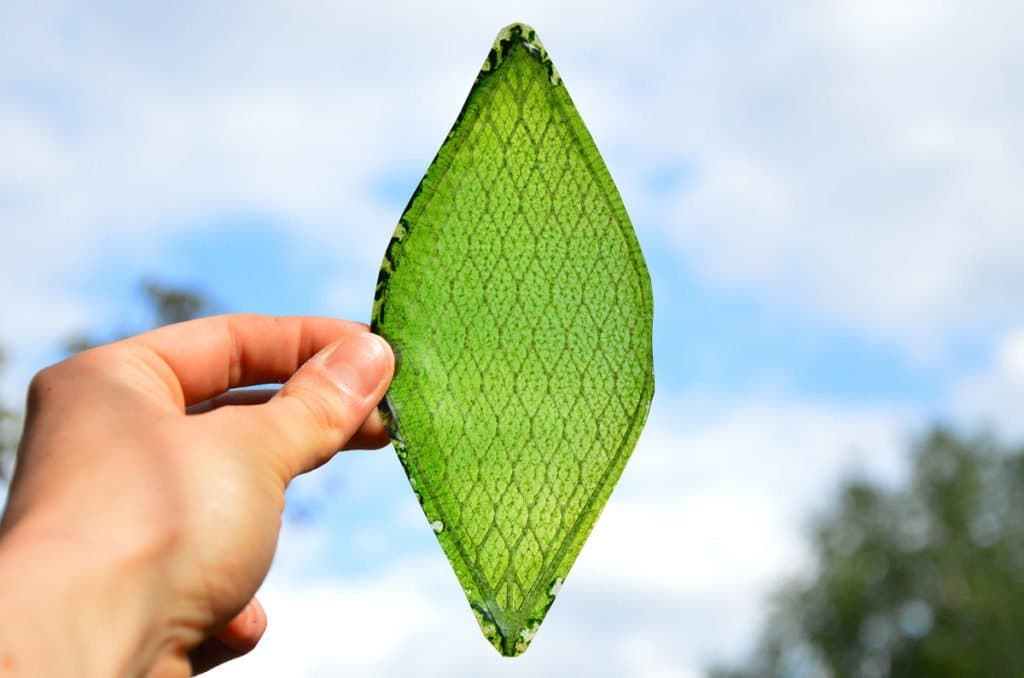
The BioSolar Leaf panels of the London startup Arborea they grow edible algae to produce food ingredients by reducing CO2 levels. This technology can be used as a means of minimizing CO2 in cities since panels take up minimal space. The algae grown on a single solar panel absorb the daily amount of CO2 like 100 trees.
Networked communities to repair products instead of throwing them away

iFixit is trying to help us move away from the disposable product trend by pushing for the “right to repair” our products.
This benefits not only the environment but also our wallets. It does this by sharing online repair guides and resources to help people repair or modify anything from computers, phones, vehicles and appliances. There are about 54.000 manuals, also in Italian: a small common sense encyclopedia.
Aircraft redesigned for emissions-free flights
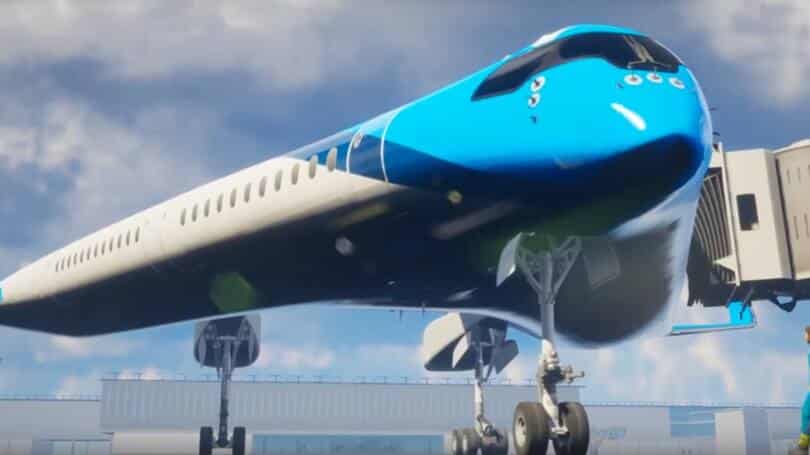
Dutch airline KLM and Delft University of Technology (TU Delft) are designing a new aircraft that consumes up to 20% less fuel than the AirbusA350. The proposed lightweight design, called “Flying-V,” will move the seats and engines directly into the wings. “Our ultimate goal is to fly without emissions”, explains Henri Werij, Dean of the Aerospace Engineering Faculty of TU Delft.
The article on Futuroprossimo.it
Electric planes

Harbour Air she managed to create a 6-seater electric plane and fly it for 15 minutes. Although not yet very useful, this development is a step in the right direction of reduced emissions for air transport.
Complete hotel package plus clothes

W Hotels has partnered with the company of Rent The Runway clothing rental to offer a “Closet Concierge” service, so guests can have their rented clothes delivered directly to their rooms. This allows travelers to pack much smaller bags, reducing weight on flights and saving fuel. In the future, traveling will mean leaving with very few objects, and using homes, clothes and other things directly on site with very little waste.
The action plan to bring the whole world onto renewables by 2050

Stanford researchers developed a detailed roadmap to tackle the global climate crisis. Their scheme (which many argue is even conservative) delves into how 143 countries can switch to 100% renewable energy by 2050 with a total investment of $ 73 trillion. The huge news is that you can.
The article on futuroprossimo.it
A barrier of bubbles to separate waste from rivers

La Great Bubble Barrier it's a process that can divert 80% of plastic waste to the sides of rivers before it has a chance to reach the ocean. As? With the air. The system pumps air through a device placed diagonally on the river bed. The bubbles produced push the garbage to the side of the river for collection. This process is much less harmful to wildlife than physical barriers.
Low cost and more efficient turbines for energy production
Turbulent produces small, low-cost turbines that can be installed in rivers and streams (even with minimal height differences) to generate energy. This technology can be used to supply houses and small villages with independent and continuous energy.
Turning excess heat from household appliances into energy
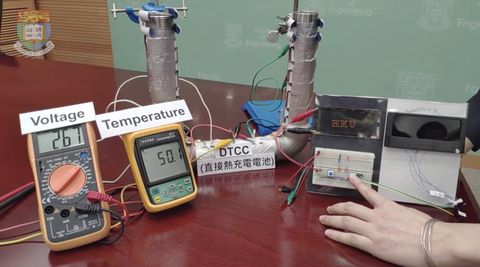
A team from the University of Hong Kong has found a way to reuse the heat produced by computers, ovens and air conditioning exhausts. The researchers developed an energy recycling cell and other innovations capable of converting this excess heat into electricity for repeated use.
Auto parts with coffee grounds

Ford and McDonalds are working together for create auto parts in biomatetiali from coffee grounds. Not only will these innovations allow the reuse of food waste, but spare parts will be produced with less oil and will be lighter than traditional ones.
Reforestation with drones

British society Dendra Systems found a way to plant trees 150 times faster with the help of drones. The drones quickly and precisely shoot biodegradable pods into the ground. With “fly seeding” innovations, Dendra Systems hopes to plant 500 billion trees.
Biodegradable bags from cassava

La Green hope, a company based in Malaysia, has found a way to create biodegradable bags from cassava trees. While many biodegradable materials have emerged in recent times, these innovations are exciting. Why? The bags (created using starch in the roots of cassava trees) do not use edible materials, and so production does not disrupt food chains.
An AI to recycle waste
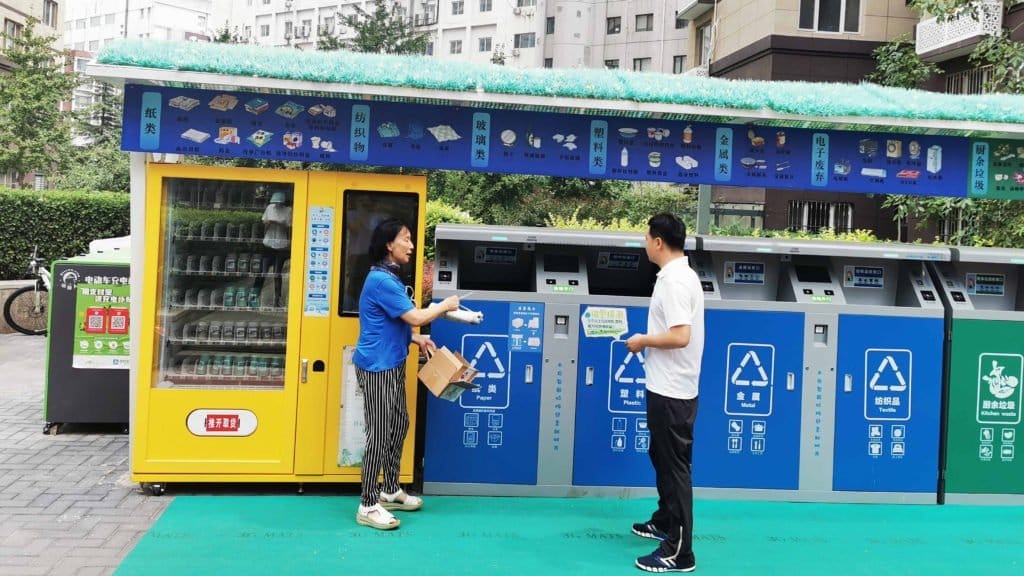
JD.com is helping people in Shanghai, China, manage waste recycling through the wise use of technological innovations. People can upload a picture of their trash to JD.com's app and its artificial intelligence will tell them whether the waste is recyclable, wet, dry or hazardous.
“Circular” T-shirts
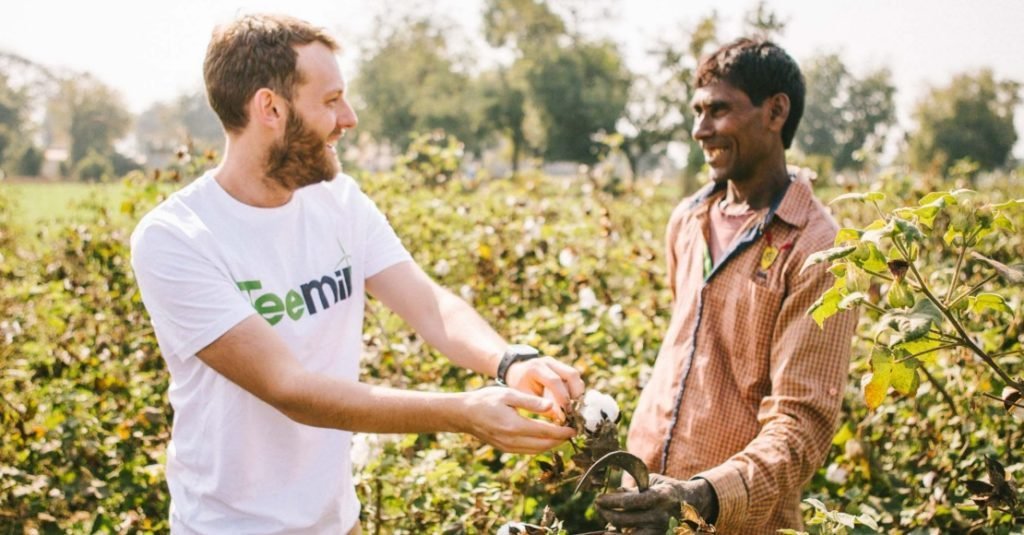
Teemill, based in the UK, is a circular clothing company that makes t-shirts from used clothing and recycles old t-shirts at the end of their lifespan. Not only that: the entire process is powered by renewable energy. More circular than that!
A rule against the destruction of unsold goods
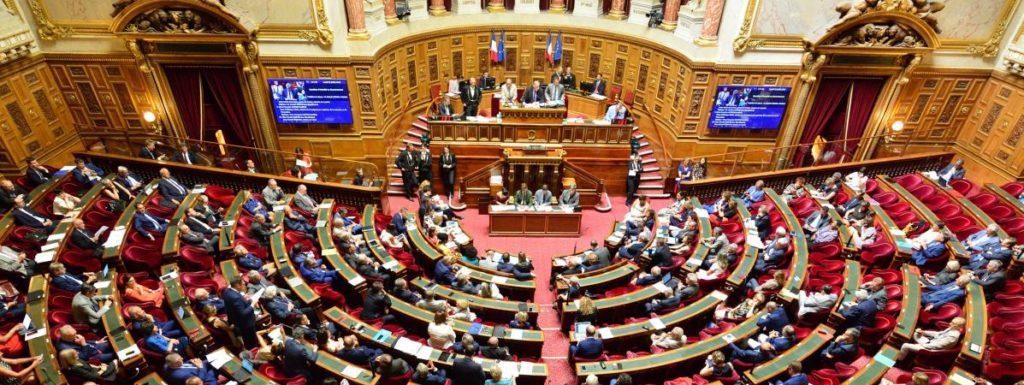
Last year France has the destruction of unsold consumer goods is prohibited, a costly practice that destroys up to € 900 million in products every year. Innovations are of little use if after their first use they remain on the rump forever. By 2023 brands will have to donate, reuse or recycle everything they produce.
Greener clothes, treated with less water
Among sustainable innovations, the tanning of skins or the treatment of clothes cannot be overlooked. Alongside intensive farming, it is the practice that produces the greatest waste of water. Wrangler is treating his denim with foam, and uses far less water than the traditional process.
Cockroach farms against food waste

Food waste is a big problem worldwide. But in China cockroaches are solving the problem. On a special farm in Jinan, China, one billion cockroaches chew 45 tons of waste every day. Cockroaches are then used as powdered feed for livestock.


